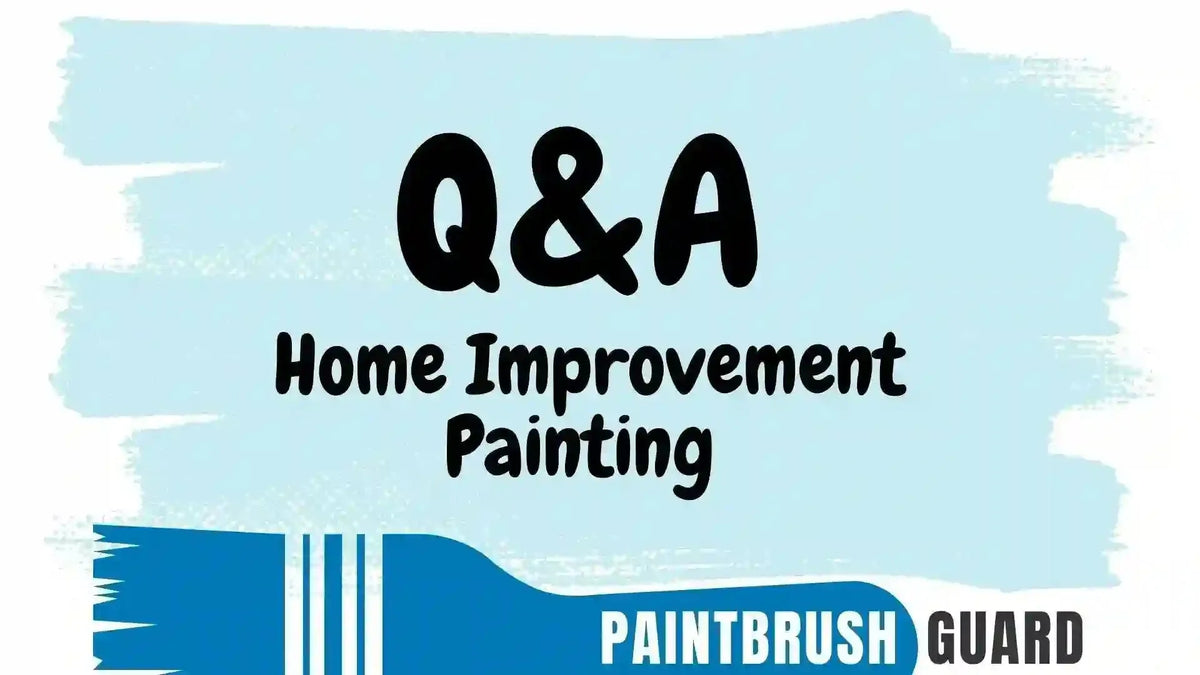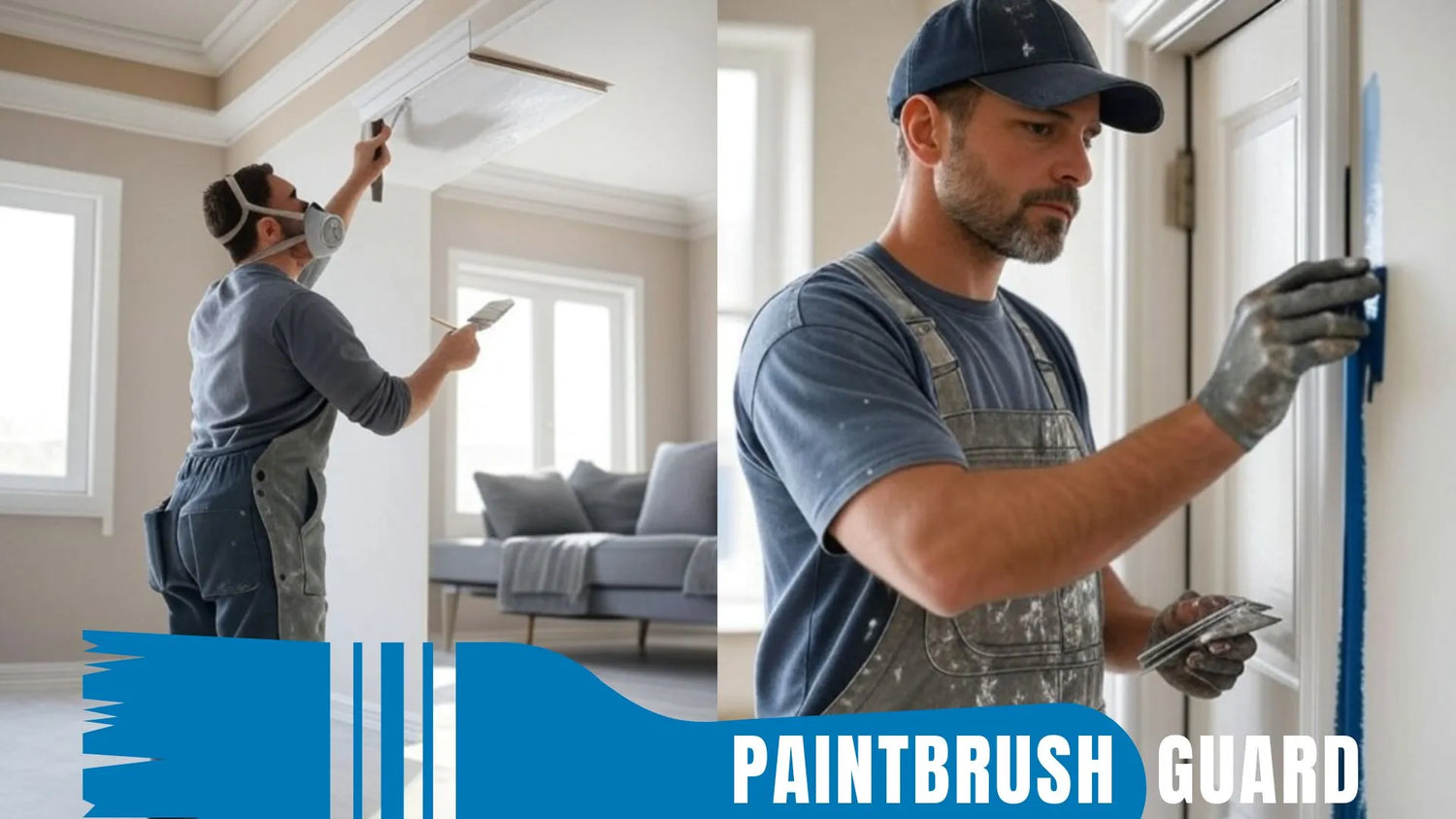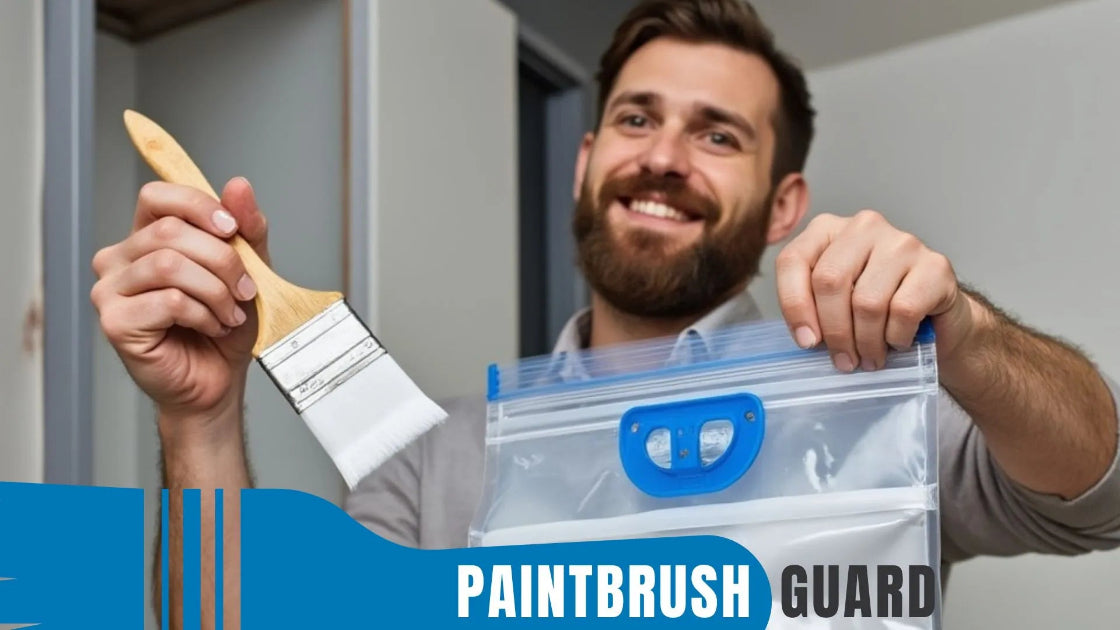
How do you make a paintbrush last with vacuum
|
Time to read 5 min
|
Time to read 5 min
Paintbrush vacuum storage helps a paintbrush last by preventing paint from drying on the bristles during breaks. Its vacuum-seal technology keeps brushes wet for days, eliminating the need for cleaning between sessions.
For a 12x12 room project taking 4–6 hours, this saves 15–30 minutes per break while protecting the brush. By avoiding dried paint, which can ruin bristles, this tool extends the brush’s life, making it a sustainable choice for professionals and DIYers who want to maximize their tools’ durability.
With no cleanup required after a painting session, you can take a short break mid-project or wrap up your painting for the day, your brush stays ready without the need to clean.
Proper cleaning is essential to make a paintbrush last. For water-based paints, rinse under warm water with mild dish soap until the water runs clear, taking about 5–10 minutes.
For oil-based paints, use mineral spirits in a well-ventilated area, then wash with soap and water. Always clean immediately after use to prevent paint from hardening, which can make bristles stiff and unusable.
Thorough cleaning removes all residue, preserving the brush’s shape and flexibility for future projects, whether you’re a pro or a weekend painter.
Conditioning the bristles after cleaning helps a paintbrush last by keeping them soft and pliable. Apply a brush conditioner with lanolin, available for $5–$15 at hardware stores, working it into the bristles and wiping off excess.
This prevents natural bristles from drying out and becoming brittle, especially after multiple uses. A 2023 Paint Quality Institute study found that conditioned brushes can last up to 25% longer.
Regular conditioning ensures your brush remains in top shape, reducing the need for replacements and supporting sustainable painting practices.
Discover how house paint colors influence mood & get expert tips on choosing the best colors for every room to create a vibrant, harmonious home environment.
Correct storage is key to making a paintbrush last. After cleaning and conditioning, wrap the bristles in their original packaging or a piece of cardboard to maintain their shape, then store flat in a cool, dry place away from heat and humidity.
Heat can dry out bristles, causing them to harden over time. For ongoing projects, vacuum sealing keeps brushes wet between coats preventing damage during breaks.
Proper storage protects the brush from bending or splaying, ensuring it remains functional for years, whether for small touch-ups or large-scale jobs.
To extend a paintbrush’s life, avoid habits that cause damage. Don’t leave brushes soaking in water or solvent for too long, as this can loosen the ferrule, leading to bristle loss.
Avoid using hot water for cleaning, which can harm bristles, and never store brushes upright on their bristles, as this deforms them.
Also, don’t let paint dry on the brush, use vacuum storage or wrap it during breaks. By steering clear of these mistakes, you’ll prevent premature wear, keeping your brush in excellent condition for countless projects.
This guide tackles the top 20 questions about storing paintbrushes, from quick breaks to long-term care, and even challenges like humid coastal areas.
If a brush begins to harden, quick revival can help it last longer, though Paintbrush Guard prevents this issue.
For water-based paints, soak in warm, soapy water for a few hours, then comb out the paint. For oil-based paints, soak in paint thinner or Krud Kutter for 12–24 hours, then scrub gently.
If the bristles remain stiff, the brush may be beyond saving, but early action can restore it. Regular use of vacuum storage during breaks ensures brushes stay wet, avoiding hardening and reducing the need for such intensive measures, saving both time and resources.
Making a paintbrush last involves using Paintbrush Guard to keep bristles wet, cleaning thoroughly, conditioning regularly, storing properly, and avoiding damaging habits.
Reviving brushes early can also help, but prevention is key. Vacuum storage tools extend paintbrush life sustainably, saving money and reducing waste, ensuring your brushes remain reliable for every painting project, big or small.
Check out our blog for Home Improvement painting: Learn about eco-friendly painting solutions, painting tips and get started with your own home project today!
Vacuum storage, like the Paintbrush Guard, keeps brushes wet during breaks, preventing paint from drying on bristles. This eliminates cleaning between sessions, saving 15–30 minutes per break for a 12x12 room project and extending brush life by avoiding bristle damage.
For water-based paints, rinse with warm water and mild dish soap until clear, taking 5–10 minutes. For oil-based paints, use mineral spirits in a well-ventilated area, then wash with soap. Cleaning immediately after use prevents paint from hardening and preserves bristle flexibility.
Conditioning with a lanolin-based product after cleaning keeps bristles soft and pliable, preventing natural bristles from becoming brittle. Regular conditioning can extend brush life by up to 25%, supporting sustainable painting by reducing the need for replacements.
After cleaning and conditioning, wrap bristles in their original packaging or cardboard to maintain shape, then store flat in a cool, dry place away from heat and humidity. For ongoing projects, use vacuum storage like the Paintbrush Guard to keep brushes wet and prevent damage during breaks.
For water-based paints, soak in warm, soapy water for a few hours and comb out paint. For oil-based paints, soak in paint thinner or Krud Kutter for 12–24 hours, then scrub gently. Using vacuum storage during breaks prevents hardening, reducing the need for intensive revival efforts.
Check our house painting guides, exterior house painting and interior house painting or other releated painting articles here:
Learn How Paintbrush Guard Vacuum Storage Reduces Waste
Sustainable painting with paintbrush vacuum storage: How eco-friendly tools helps homeowners with house painting. Protect the planet when painting your home.
How Much Does a Good Paintbrush Cost?
A good paintbrush costs $8–$30, depending on size, material, and brand. Explore types, price factors, and how vacuum sealing stora saves costs for painting.
What Are the Essential Painting Tools and Equipment?
Professional painting tools and equipment cost $50–$500+, including brushes, rollers, and sprayers. Discover tools and how Paintbrush Guard boosts efficiency.

Learn about eco-friendly painting, tips and tutorials on house interior and exterior surfaces, so you can get started with your project without any surprices during or after your painting.

Learn how interior house paint colors influence mood with expert tips on room preference so you can pick the best colors for a harmonious home environment.
We focus on the most popular shades for each interior colors, so you don't miss no matter what color you pick.

Learn how this innovative tool allows you to store paintbrushes without the need for immediate cleaning, offering significant advantages in time savings, water conservation, reduced chemical pollution, and lower costs for supplies.

